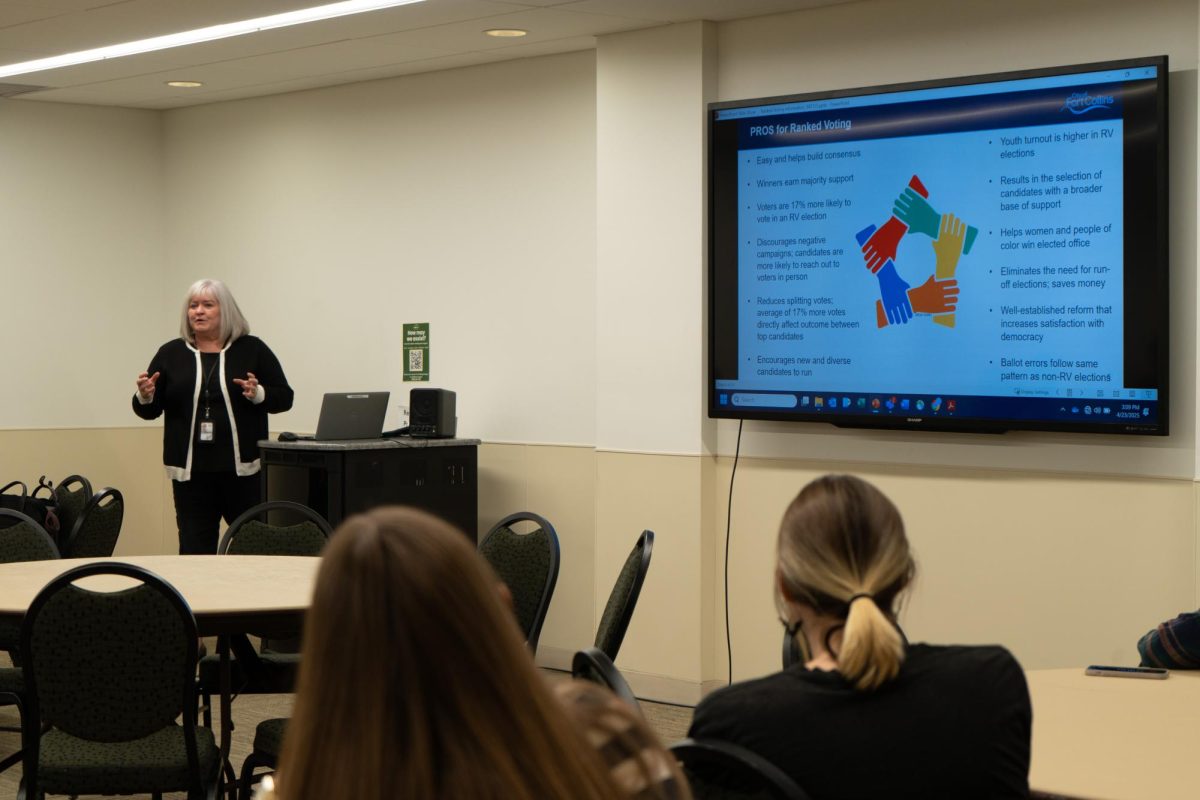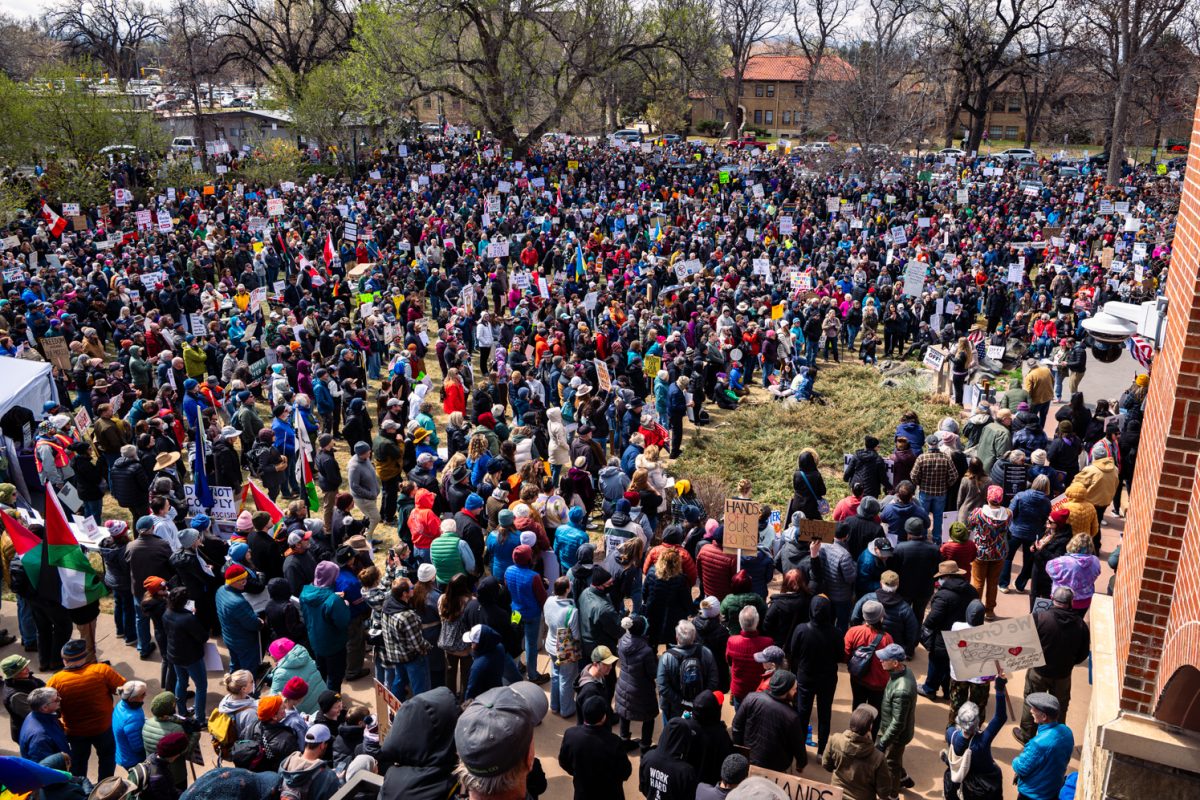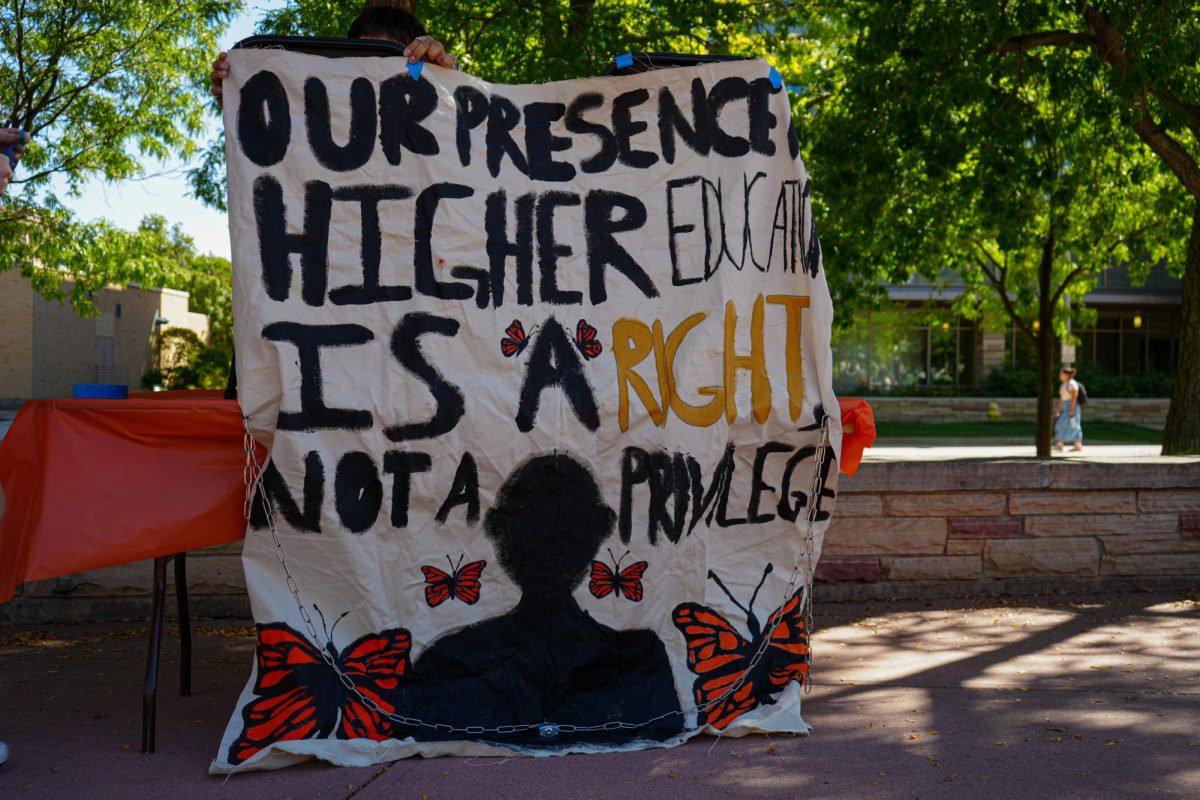When 49-year-old Kurt Schroeder became homeless in July 2015, he had only $300, slept out of his car on the west side of Fort Collins and subsisted on Taco Bell. A Fort Collins native of almost 50 years, he never would have guessed he would become homeless.
Three years later in 2018, Schroeder is still homeless and has been looking for an affordable home since then.

Schroeder’s story is one of at least 300 other accounts of long-term homelessness in Fort Collins, which Homeward 2020, a City-wide think-tank dedicated to making homelessness “rare, short-lived and non-recurring,” defines as being homeless for six months or longer.
According to Homeward 2020, there were 364 individuals in Fort Collins suffering from homelessness between October and December 2017. During that same time period, 22 people entered chronic homelessness. Chronic homelessness is defined as being homeless for a year or more or with four or more episodes of homelessness in the past three years, and the head of the household must have a long-term disability.
The numbers represent a rise from 2016, in which 290 people were counted as being homeless in January 2016.
The 2017 report also states that 66 percent of chronically homeless individuals suffer from some kind of disability. Of all recorded individuals in the report, 69 percent identify as males while 30 percent identify as females; 10 percent have veteran status and 1 percent identify as androgynous.
Homelessness has been a prominent social issue in Fort Collins.
The Fort Collins City Council recently voted against funding lockers for the homeless at the Fort Collins Mennonite Fellowship, prompting the church to fundraise on GoFundMe instead.
The City also faced backlash from local activist groups for an ordinance that would have prohibited lying and sitting on public spaces such as sidewalks, benches and plazas. An amended version of the ordinance passed last year, which does not prohibit lying or sitting on sidewalks.
While homelessness remains a salient issue in Fort Collins, Schroeder says that compared to other cities, Fort Collins is rather forgiving. A plethora of services, nonprofit organizations and businesses exist and are available in the City for the homeless.
“I was speaking to a couple of young ladies from Louisiana (who became homeless in Louisiana said) there’s nothing there for the homeless,” Schroeder said. “There’s nothing like any shelters or Catholic Charities. There’s no food. These two were saying at one point that they were digging out of dumpsters.”
Although services, such as the Fort Collins Rescue Mission and Catholic Charities, exist for the homeless, not all their needs are met through these services. Some of the most pressing needs of the homeless population include healthcare and hygiene.
Schroeder said he suffers from anxiety attacks. Around 1991, his anxiety attacks worsened, and Schroeder was prescribed Xanax, which he said he ended up overusing. He stopped using Xanax in 2015, but still regularly experiences anxiety attacks. From 1996 until 2015, Schroeder lived with his mother until she was no longer able to afford their home.
“I still get (anxiety attacks). I just got to a point where I let them go by,” Schroeder said, adding that he no longer sees his doctor. “If I get really sick — and a lot of homeless people do this; not all but a lot — you go to the (emergency room) or general care.”

Schroeder regularly visits the Sister Mary Alice Murphy Center for Hope. The Murphy Center, as it is commonly referred to, provides at least 10 core services. The center provides mail, laundry units and showers, a food pantry, a gear closet from which homeless visitors can acquire supplies and free breakfast.
The center also houses nonprofits such as Homeless Gear, Catholic Charities, Neighbor to Neighbor and Summitstone Health Partners. While these nonprofits specialize in specific areas, their operations are very closely tied.
Formed in 2010, Homeward 2020 seeks to better define homelessness by gathering data. This approach allows the think-tank to provide actionable data and insight on what issues most concern the homeless community and how to solve them.
“We’re trying to figure out at what rate people are entering chronic homelessness and what (are) the breaks in the system that are not reaching people sooner,” said Holly LeMasurier, the executive director of Homeward 2020.
The Housing First Initiative, directed by Marla Cleary, is responsible for Homeward 2020’s data-gathering. Part of the initiative’s principles are centered around collaboration with the community.
“We want to make sure that we’re not having these important conversations in silos, but instead that we’re all coming together at the same table,” Cleary said.
Murphy Center Director Tom Austin said social isolation in one way or another often preludes homelessness, noting that there is a stigma around being homeless. Austin also said solving homelessness should involve social rehabilitation.
“Part of the journey out of homelessness is not only a roof over their heads, but to end that social isolation by reconnecting with (the) community,” Austin said. “When you ask somebody what their story is, you’re going to find out it’s not too far removed from mainstream life.”
Collegian reporter Gabriel Go can be reached at news@collegian.com or on Twitter @rgabrielgo.










